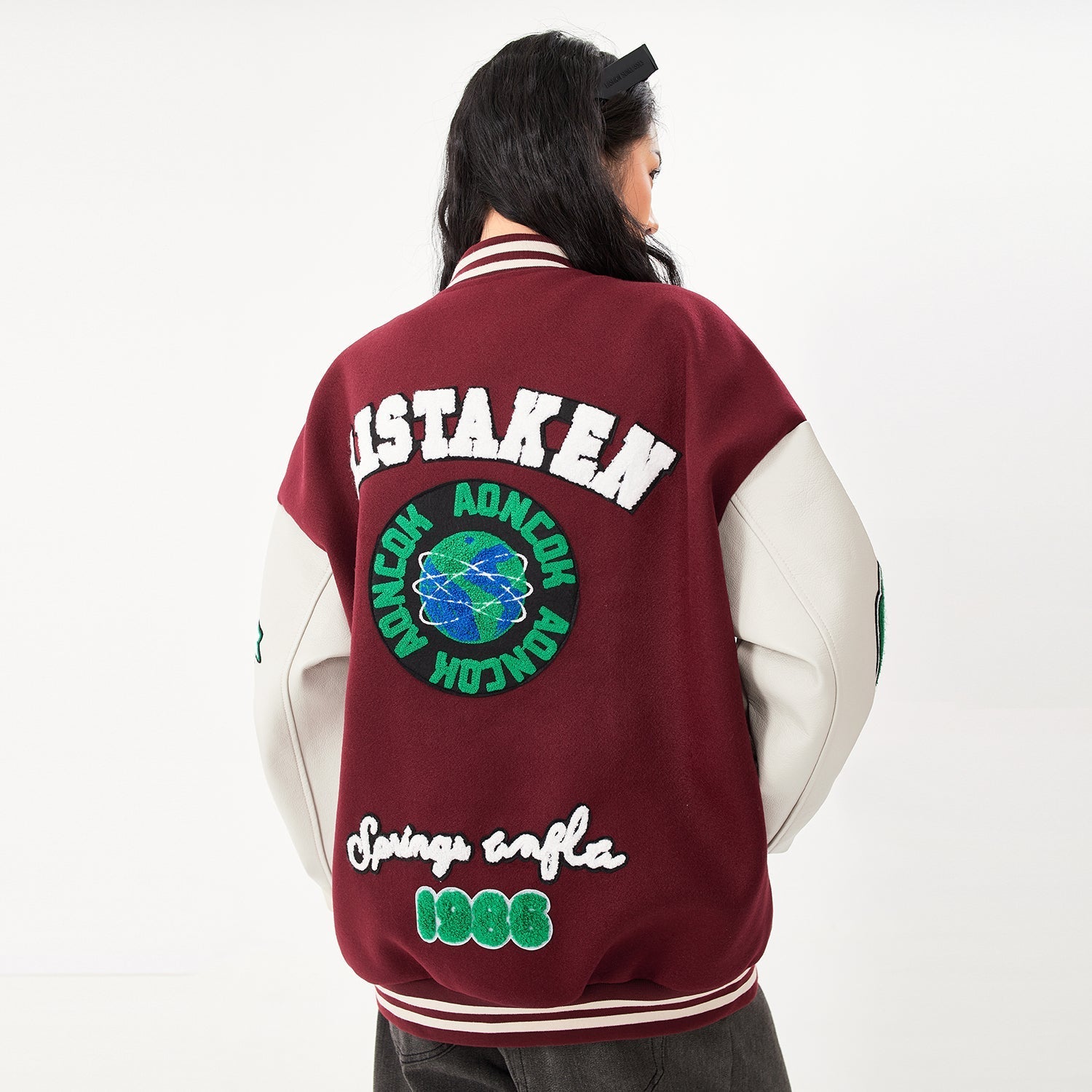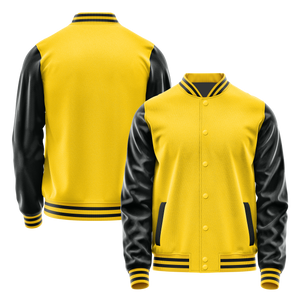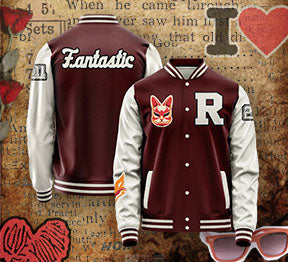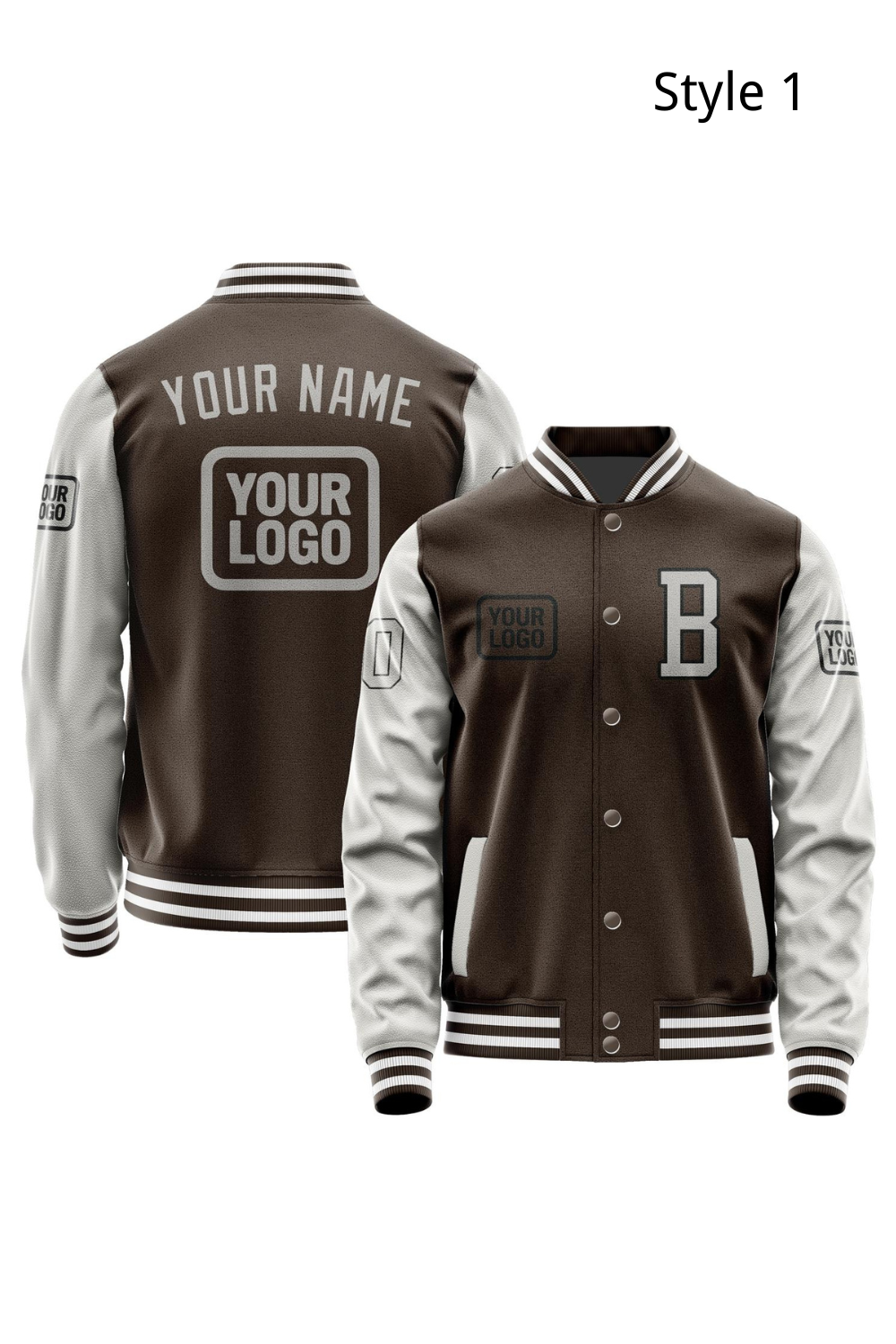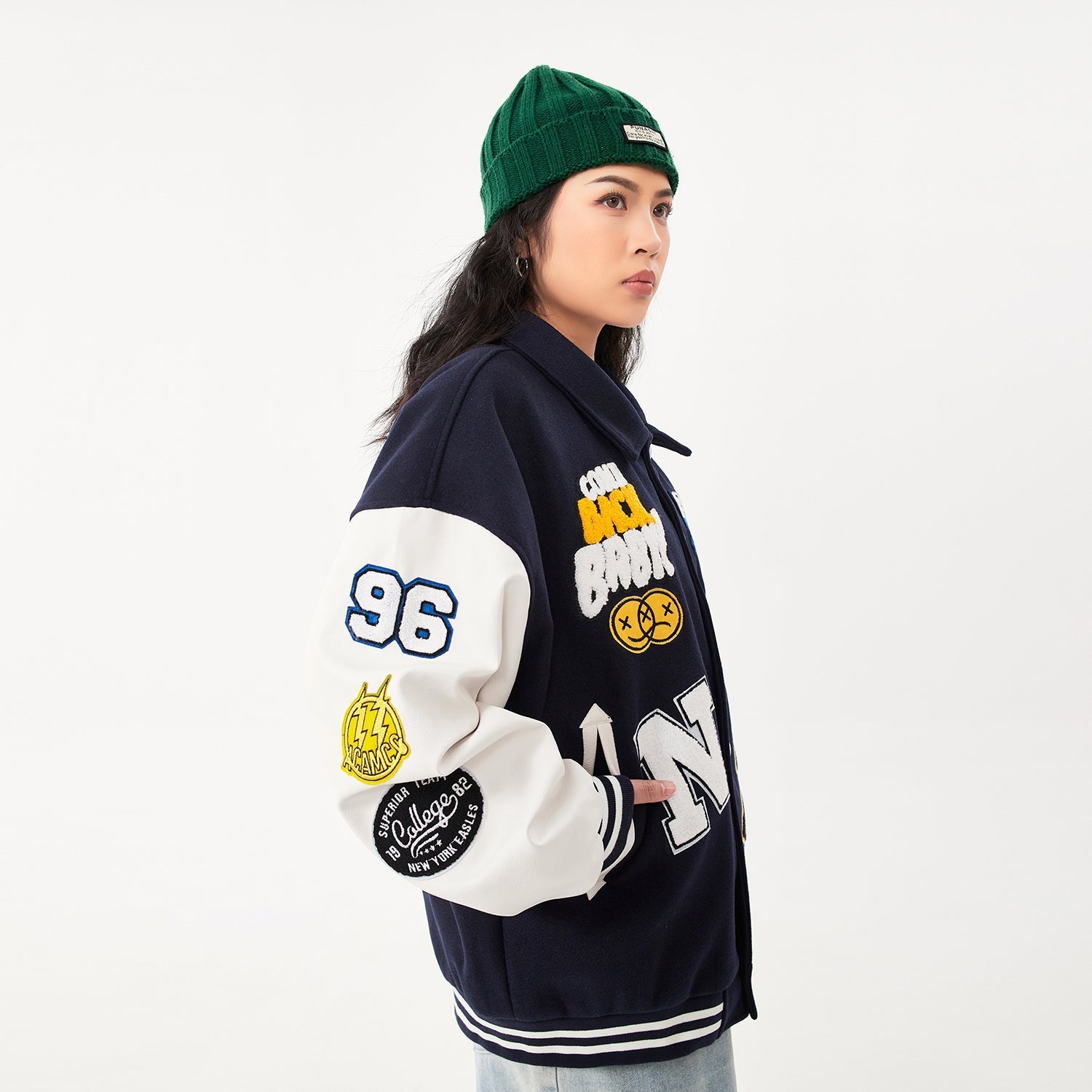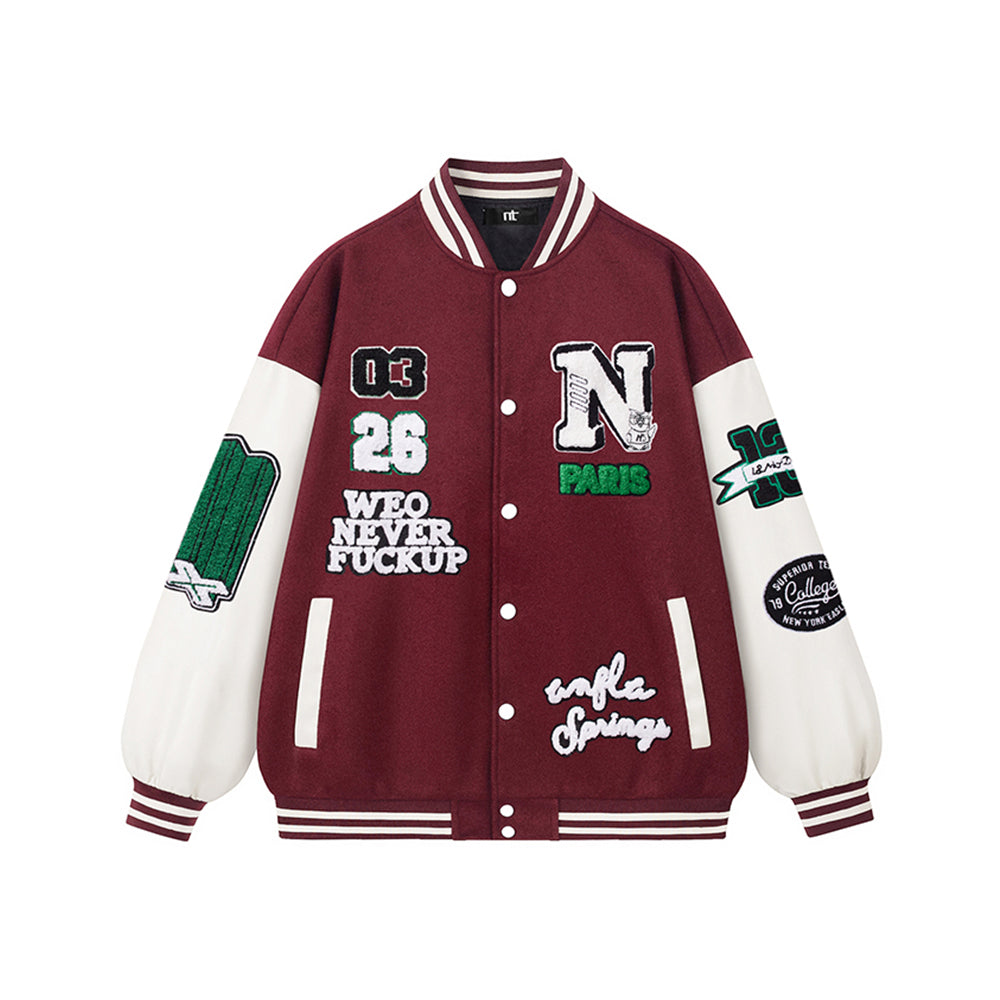As the 2025 autumn-winter season approaches, men’s outerwear is undergoing a transformative shift. No longer confined to basic warmth, jackets now embody a fusion of technology, sustainability, and personal expression. From rugged outdoor terrains to urban streets, the fabrics defining this season’s trends are as diverse as the lifestyles they serve. This article delves into the key materials reshaping men’s jackets, explores how customizing leather jacket options are redefining individuality, and provides actionable insights for discerning buyers.
1. Seasonal Trends: The Rise of Multi-Functional Fabrics
The 2025 (autumn-winter) season prioritizes versatility. Designers are blending traditional textiles with innovative finishes to create jackets that adapt to fluctuating temperatures and dynamic environments.
- Thermo-Regulating Wool Blends: Merino wool remains a staple, but new blends with bamboo or recycled polyester enhance breathability and moisture-wicking properties. Ideal for layering, these fabrics suit both casual office wear and weekend hikes.
- Waterproof-Breathable Membranes: Outdoor enthusiasts will appreciate advanced laminates like Gore-Tex Infinium, which repel rain while allowing vapor escape. Paired with recycled nylon shells, these jackets align with eco-conscious values.
- Bio-Based Synthetics: Derived from castor beans or cornstarch, bio-polyesters reduce reliance on fossil fuels. Brands are using these materials in custom design jackets, offering buyers a guilt-free path to style.
Why It Matters: Consumers increasingly demand jackets that transition seamlessly between settings. A custom embroidered jacket in a bio-based fabric, for example, can go from a coffee shop to a campsite without compromising ethics or aesthetics.
2. Outdoor vs. Street: Fabric Performance in Context
The divide between outdoor and streetwear is blurring, but material choices still hinge on function.
- Outdoor-Centric Fabrics:
- Ripstop Nylon: Reinforced with grid patterns, this fabric resists tears—critical for hiking or biking.
- PrimaLoft Insulation: A synthetic alternative to down, it retains warmth when wet, making it ideal for unpredictable weather.
- Customizing Leather Jacket for Outdoors: While leather is traditionally urban, tanned varieties with waterproof coatings are gaining traction among adventurers seeking durability.
- Streetwear-Driven Textures:
- Corduroy Revival: Thick-wale corduroy adds retro charm to bomber jackets, while slim-wale versions offer a polished look.
- Recycled Denim: Paired with sherpa linings, denim jackets become cozy yet edgy.
- Custom Design Jackets with Street Cred: Embroidered patches, neon accents, or asymmetrical zippers cater to youth culture’s love for bold statements.
Contrast Analysis: Outdoor fabrics prioritize longevity and weather resistance, while streetwear leans into tactile appeal and cultural relevance. However, hybrid designs—like a custom embroidered jacket with a ripstop shell and street-style graphics—are bridging the gap.
3. Function Meets Form: Slimming Silhouettes and Sustainability
Modern men seek jackets that flatter their physique while aligning with eco-values.
- Slimming Fabrics:
- Structured Knits: Ribbed or quilted patterns create a tailored fit without bulk.
- Compression Layers: Lightweight jackets with elastic panels contour to the body, ideal for athletic builds.
- Customizing Leather Jacket for Body Types: Laser-cut designs or strategic seaming can elongate the torso or accentuate shoulders.
- Sustainable Innovations:
- Vegetable-Tanned Leather: Avoids toxic chemicals, reducing environmental harm.
- Ocean-Bound Plastic Upcycling: Brands like Patagonia are transforming marine waste into jacket linings.
- Custom Design Jackets with a Cause: Buyers can opt for jackets made from recycled materials, with proceeds supporting environmental initiatives.
Buyer’s Guide Tip: Look for certifications like Bluesign or OEKO-TEX to verify eco-claims. A custom embroidered jacket with a recycled polyester shell not only looks good but tells a story of responsibility.
4. Cultural Influences: From Heritage to Hip-Hop
Fabric trends are deeply rooted in cultural movements.
- Workwear Heritage: Waxed canvas and heavy-duty cotton harken back to industrial labor, appealing to those who value authenticity.
- Hip-Hop’s Bold Statements: Oversized silhouettes, metallic finishes, and customizing leather jacket options with graffiti-style embroidery reflect urban identity.
- Global Textiles: Japanese selvedge denim and Peruvian alpaca blends introduce artisanal craftsmanship into mainstream fashion.
Cultural Impact: A custom design jacket inspired by Native American patterns or African wax prints can spark conversations about heritage and appropriation. Brands must tread carefully, ensuring cultural respect alongside creativity.
5. The Customization Boom: Why Personalization Matters
In 2025, off-the-rack jackets compete with hyper-personalized options.
- Customizing Leather Jacket: Beyond size, buyers can choose leather types (aniline vs. corrected), hardware finishes, and monogramming.
- Custom Design Jackets: Digital platforms allow users to visualize embroidery placements, color blocks, and even 3D-printed patches.
- Custom Embroidered Jacket: From initials to full-back artwork, embroidery adds a handmade touch in an era of mass production.
Why It’s Trending: Millennials and Gen Z crave uniqueness. A custom embroidered jacket with a personal mantra or favorite band’s logo becomes a wearable diary.
6. Selecting the Perfect Jacket: A Practical Framework
To navigate 2025’s offerings, consider these factors:
- Climate: Opt for breathable merino blends in mild regions; insulated synthetics for harsh winters.
- Lifestyle: Outdoor enthusiasts should prioritize waterproofing and durability; urban dwellers might value lightweight, packable designs.
- Ethics: Choose brands with transparent supply chains and circularity programs (e.g., jacket take-back schemes).
- Customization: Assess whether pre-made designs align with your style or if a custom design jacket is worth the investment.
Example Scenario: A city professional who bikes to work needs a jacket that’s windproof, reflective, and stylish. A customizing leather jacket with removable sleeves (converting it to a vest) and reflective embroidery would meet all criteria.
7. The Future of Fabrics: Smart Textiles and Beyond
Looking ahead, jackets may incorporate:
- Phase-Change Materials: Substances that absorb or release heat based on body temperature.
- Solar-Charging Pockets: Built-in panels to power devices on the go.
- AI-Driven Customization: Algorithms that analyze body shape and preferences to recommend custom design jackets.
Final Thought: The 2025 season is not just about staying warm—it’s about making statements, protecting the planet, and embracing individuality. Whether through a custom embroidered jacket that tells your story or a bio-based fabric that reduces your footprint, every choice carries meaning.

